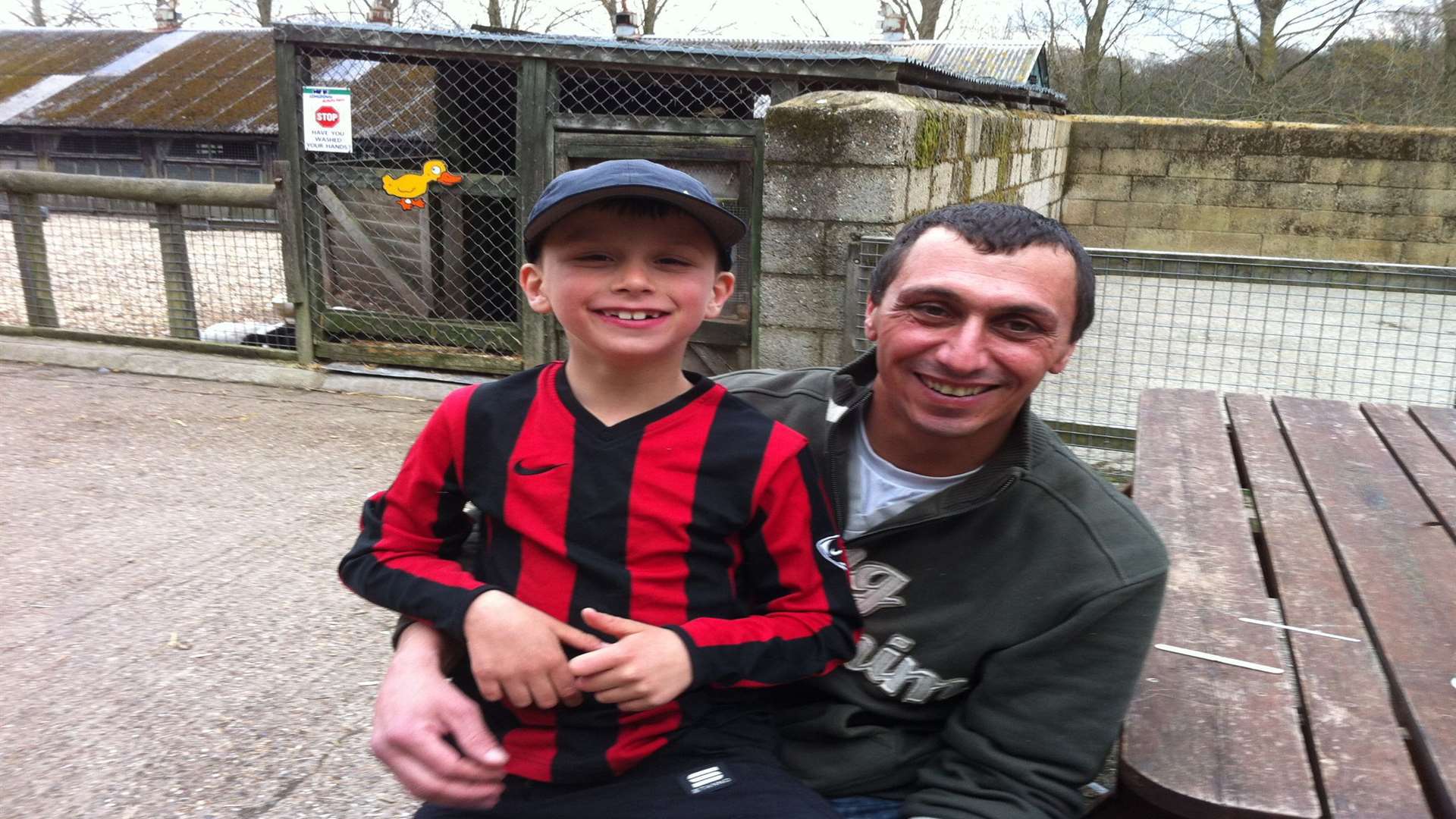Ever wondered how much hidden history lies beneath the shimmering facade of glamorous locations? The answer is, more than you can possibly imagine. Places like Monte Carlo, synonymous with luxury and high-stakes drama, often conceal tales of espionage, betrayal, and extraordinary courage, particularly during the turbulent years of World War II. This is a story about one such hidden tale.
On the eve of World War II, Monte Carlo, the glittering jewel of Monaco, served as a playground for the rich and famous. But beneath the surface of opulent casinos and champagne-fueled parties, a dangerous game of international intrigue was unfolding. At the heart of this game was Katrina Petrovna, a captivating Russian singer with a secret life as a double agent. Driven by a thirst for vengeance after her husbands brutal murder at the hands of the Gestapo, Katrina navigated the treacherous landscape of Monte Carlo, using her charm and wit to infiltrate enemy ranks, uncover vital intelligence, and pursue her personal vendetta. Her mission was fraught with peril, requiring her to balance perilous spycraft with the complexities of love affairs and personal demons in a world on the brink of collapse.
| Category | Information |
|---|---|
| Name | Katrina Petrovna (Fictional) |
| Occupation | Russian Singer, Double Agent |
| Historical Period | Eve of World War II |
| Location | Monte Carlo, Monaco |
| Motivation | Avenge her husband's death by the Gestapo |
| Skills | Singing, Espionage, Seduction, Intelligence Gathering |
| Known Associates | (Fictional likely to include members of the French Resistance, Allied intelligence, and potentially German officers) |
| Enemies | Gestapo, Nazi officials, potentially rival spies |
| Possible Inspiration | Fictional character inspired by real female spies during WWII, such as Christine Granville or Krystyna Skarbek. |
| Further Reading | Imperial War Museum Article on Female Agents |
The backdrop of Monte Carlo during this period is crucial to understanding Katrina's story. It was a haven for international elites, a place where fortunes were made and lost in a single night. The principality's neutrality provided a cloak for spies from all sides, turning the glamorous city into a hotbed of covert operations. As war loomed, the stakes grew higher, and the consequences of failure became increasingly dire. Katrina's actions, motivated by both personal loss and a sense of duty, had the potential to alter the course of history. She was not just a singer; she was a weapon, a shadow warrior operating in the heart of enemy territory.
- Megan Foxs Engagement Ring Mgks Painful Design Revealed
- Tim Belusko Danielle Fishels Exhusband What Happened
The story of Katrina Petrovna resonates deeply with the themes of courage, sacrifice, and the blurred lines between good and evil. In a world consumed by conflict, she embodies the resilience of the human spirit and the willingness to risk everything for what she believes in. Her tale is a reminder that even in the most glamorous of settings, darkness can lurk, and ordinary people can rise to meet extraordinary challenges. The duality of Katrina's life the captivating performer and the ruthless spy highlights the complexities of wartime existence, where survival often requires embracing morally ambiguous choices.
While Katrina Petrovna's story may be fictional, inspired perhaps by accounts like Stephen Sheppard's 1983 novel and adapted into a miniseries produced by Gerald W., it mirrors the experiences of many real-life agents who operated in the shadows during World War II. These individuals, often women, played a crucial role in gathering intelligence, disrupting enemy operations, and supporting resistance movements. Their contributions, though largely unsung, were essential to the Allied victory. Their stories, filled with bravery, cunning, and heartbreak, deserve to be remembered and celebrated.
One cannot discuss Monte Carlo without mentioning its iconic landmarks, such as the Monte Carlo Casino and the Htel de Paris. These locations served as the backdrop for many of Katrina's clandestine meetings and daring exploits. Imagine her, dressed in an elegant gown, gliding through the casino, her voice enchanting the crowds while she simultaneously eavesdrops on conversations of high-ranking German officers. Or picture her scaling the walls of the Htel de Paris under the cover of darkness, risking capture and death to retrieve a vital piece of intelligence. These images bring the story to life, immersing the reader in the thrilling world of wartime espionage.
Beyond the casinos and grand hotels, there's also the everyday life of Monte Carlo to consider the local cafes, the bustling markets, the quiet streets where secrets could be whispered and deals could be struck. Katrina would have needed to blend in, to become part of the fabric of the city, in order to effectively carry out her missions. This would have required her to learn the local customs, speak the language fluently, and cultivate relationships with ordinary citizens who could provide her with valuable information and support. Her ability to navigate this complex social landscape would have been just as important as her spy skills.
The mention of "Collins Avenue & 67th Street bus stop, offering a direct link to the city attractions and main places, is near Monte Carlo Miami Suite Hotel" seems out of place in this narrative, as it shifts the geographical location to Miami. However, it could be used to draw a parallel between the glamour and intrigue associated with Monte Carlo, Monaco, and the vibrant atmosphere of Miami Beach. Perhaps the author is suggesting that even in modern-day locations known for their luxury and entertainment, echoes of the past can still be found, reminding us of the hidden stories that lie beneath the surface.
Similarly, the reference to "Stelvio or Maloja by Carlo H." and "Monte Carlo 3clncsm60mbk Collins Coastal Smart 60 Outdoor Wet Locations Ceiling Fan with Hand Remote, 3 blades, midnight black visit the monte carlo store 5.0 5.0 out of 5 stars 3 ratings" seem unrelated to the main narrative. However, they could be interpreted as subtle reminders of the contrasting elements that define the world we live in the high-stakes drama of international espionage juxtaposed with the mundane details of everyday life. The image of a scenic drive through the Alps or the description of a ceiling fan sold under the "Monte Carlo" brand name serve to ground the story in reality, reminding us that even in the midst of extraordinary events, life goes on.
The mention of Joan Collins, George Hamilton, Lisa Eilbacher, and Lauren Hutton likely refers to the cast of a film or television adaptation of a similar story set in Monte Carlo. These actors, known for their glamour and sophistication, would have brought a certain star power to the project, further enhancing the allure of the setting. Their presence would have helped to draw viewers into the world of Monte Carlo, immersing them in the drama and intrigue of the story.
In conclusion, while the provided text snippets may seem disjointed and unrelated at first glance, they can be woven together to create a compelling narrative about a female spy operating in Monte Carlo during World War II. By focusing on the themes of courage, sacrifice, and the blurred lines between good and evil, the story can resonate deeply with readers, reminding them of the hidden stories that lie beneath the surface of even the most glamorous locations. The historical context of Monte Carlo during the war, the iconic landmarks of the city, and the contrasting elements of everyday life all contribute to the richness and complexity of the narrative. And by drawing parallels to real-life female agents and films set in similar locations, the story can be further enhanced and brought to life.
To truly flesh out Katrina Petrovna's story, one would need to delve deeper into her motivations, her relationships, and the specific challenges she faced. What were her reasons for becoming a double agent? Was it solely revenge, or was there a deeper sense of patriotism or a desire to make a difference in the world? Who were her allies and enemies? Did she have a romantic interest, and if so, did that relationship complicate her mission? And what were the consequences of her actions? Did she succeed in avenging her husband's death? Did she help to turn the tide of the war? These are the questions that would need to be answered in order to create a truly compelling and unforgettable character.
Imagine Katrina, forced to make a split-second decision that could determine the fate of hundreds of lives. She holds a coded message, knowing that if she delivers it to the wrong person, countless innocent people will die. But she also knows that if she hesitates, the opportunity will be lost forever. The weight of the world rests on her shoulders, and she must make a choice that will haunt her for the rest of her days. This is the kind of high-stakes drama that defines the world of espionage, and it is the kind of moment that would truly test Katrina's character.
And what about the psychological toll of living a double life? How did Katrina cope with the constant pressure of maintaining her cover, of lying to the people she cared about, of knowing that one wrong move could expose her and put her in grave danger? Did she ever experience moments of doubt or regret? Did she ever consider giving up? These are the questions that would need to be explored in order to create a truly realistic and believable portrayal of a female spy. The psychological aspect of espionage is often overlooked, but it is just as important as the physical dangers.
The setting of Monte Carlo also plays a crucial role in shaping Katrina's story. The city's glamorous facade hides a dark underbelly of corruption, greed, and betrayal. It is a place where appearances are deceiving, and where trust is a rare commodity. This atmosphere of suspicion and intrigue would have created a constant sense of unease for Katrina, forcing her to be constantly on guard and to question everyone's motives. The city itself becomes a character in the story, adding to the tension and suspense.
Furthermore, the historical context of World War II is essential to understanding Katrina's motivations and the challenges she faced. The war was a time of great upheaval and uncertainty, a time when ordinary people were forced to make extraordinary sacrifices. Katrina's decision to become a double agent was a direct result of the war, and her actions were shaped by the political and social climate of the time. To fully appreciate her story, one must understand the historical forces that were at play.
In addition to the main narrative, there are also opportunities to explore secondary storylines and characters. Perhaps Katrina has a mentor, a seasoned spy who guides her and provides her with valuable advice. Or perhaps she has a rival, another agent who is also vying for the same information or pursuing the same target. These secondary characters can add depth and complexity to the story, and they can also provide opportunities for dramatic conflict and suspense.
The use of historical details can also enhance the authenticity of the story. By researching the fashion, music, and technology of the time, the author can create a vivid and immersive world that transports the reader back to Monte Carlo during World War II. The inclusion of real-life historical figures or events can also add a layer of credibility to the narrative, making it feel more grounded in reality.
Ultimately, the story of Katrina Petrovna is a story about survival, resilience, and the enduring power of the human spirit. It is a story about a woman who was forced to confront unimaginable challenges and who emerged stronger and more determined than ever before. It is a story that will stay with the reader long after they have finished reading it.
To make the story even more compelling, consider adding elements of romance, mystery, and suspense. Perhaps Katrina falls in love with a fellow agent, only to discover that he is not who he seems. Or perhaps she uncovers a conspiracy that reaches the highest levels of government. These elements can add layers of intrigue to the narrative, keeping the reader on the edge of their seat.
The use of vivid imagery and descriptive language can also enhance the reader's experience. By painting a picture of Monte Carlo in all its glory, the author can transport the reader to another time and place. The sights, sounds, and smells of the city can come alive on the page, immersing the reader in the world of the story.
Furthermore, the author can use symbolism to add depth and meaning to the narrative. Perhaps Katrina's singing voice represents her freedom and her ability to express herself in a world where she is forced to hide her true identity. Or perhaps the color red represents the blood and violence of the war. These symbols can add layers of interpretation to the story, inviting the reader to think more deeply about the themes and messages.
The story of Katrina Petrovna is not just a spy thriller; it is also a story about the human condition. It is a story about love, loss, betrayal, and redemption. It is a story that will resonate with readers of all ages and backgrounds.
By exploring the complexities of Katrina's character, the historical context of the story, and the themes of courage, sacrifice, and the blurred lines between good and evil, the author can create a truly unforgettable narrative. The story of Katrina Petrovna is a story that deserves to be told.
One could also explore the moral ambiguities of Katrina's actions. As a double agent, she is forced to deceive and manipulate those around her. She must betray the trust of others in order to achieve her goals. Is she justified in doing so? Are the ends always justified by the means? These are the questions that would need to be addressed in order to create a truly thought-provoking and nuanced story.
The story could also explore the role of women in espionage during World War II. While men often receive the most attention, women played a crucial role in gathering intelligence, supporting resistance movements, and carrying out sabotage operations. Their contributions were often overlooked, but they were essential to the Allied victory. By focusing on Katrina's story, the author can shed light on the important role that women played in the war.
In addition, the story could explore the impact of the war on the civilian population. The people of Monte Carlo were caught in the crossfire of the conflict, and they suffered greatly as a result. Their lives were disrupted, their homes were destroyed, and their loved ones were killed. Katrina's story could be used to illustrate the human cost of war and to remind us of the importance of peace.
The story of Katrina Petrovna is a story that has the potential to captivate and inspire readers. It is a story that deserves to be told with skill, sensitivity, and a deep understanding of the human condition. It is a story that will stay with the reader long after they have finished reading it.
The contrast between the opulence of Monte Carlo and the grim realities of war provides a powerful backdrop for Katrina's story. The juxtaposition of these two worlds highlights the absurdity and tragedy of the conflict, and it underscores the sacrifices that people were willing to make in order to defend their freedom.
The story could also explore the theme of identity. As a double agent, Katrina is forced to assume multiple identities, constantly shifting her personality and her allegiances. She is never truly herself, and she is always in danger of being exposed. This constant pressure takes a toll on her, and she struggles to maintain her sense of self in a world where appearances are deceiving.
Ultimately, the story of Katrina Petrovna is a story about hope. It is a story about the belief that even in the darkest of times, it is possible to find light and to make a difference. It is a story that reminds us that the human spirit is capable of overcoming even the most daunting challenges. It is a story that will inspire us to be courageous, to be compassionate, and to never give up on our dreams.
- Linda Kingsberg The Untold Story Of Ernie Hudsons Wife
- Helena Bonham Carter Tim Burton The Untold Story


